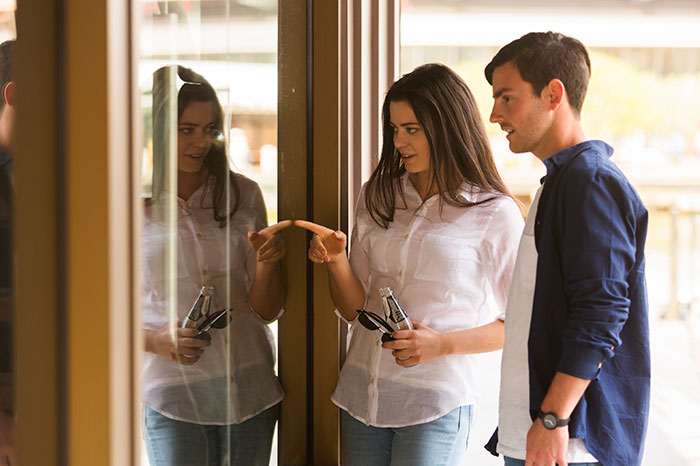I want to share with you a true story of what happened recently in my own newsagency. It is a story of how a small everyday purchase led to something bigger and how this happened as a result of fundamental changes in how the business is run.
This story could happen in any newsagency – city, country, large, small, shopping mall or high street. I make that point so you do not dismiss the story and think it could not happen in your business. The elements of the story work together in any size business. In writing about it here I’m not getting you to do anything other than to consider that you could achieve the same in your business.
At its core, this is a story about shopper loyalty, especially shopper loyalty in a retail situation where between 25% and 30% of shoppers visiting the business are not local and therefore not likely to engage with the old-school points-based loyalty program.

A customer passing the shop noticed our greeting card range and stepped in to make a purchase because of a specific need. They purchased two cards. On their receipt was a voucher for almost $2.00. As they are not usually in the shopping centre they looked around for something in which to spend the $2.00.
This is the key: the customer came in to make a quick destination purchase. The type of purchase where we did not matter. They were on the way to the car park and happened to pass by our shop.
Point 1: location is in our favour. They stepped in because they saw our greeting cards.
Point 2: the floor placement of cards was key in getting them in the shop.
The voucher is what got them to notice what else we sold.
Having made the purchase, the customer then noticed, for the first time, what else we sold – because of the $2.00 discount voucher on their receipt.
Point 3: we got them to look around and see what else we sold.
The customer did a 180 degree turn and saw a locked glass cabinet of beautiful collectible bears. This was in the right place at the right time as they had been looking for a gift for a child. Money was not an issue. They wanted something to last a lifetime. They purchased a $500.00 bear.
This purchase would not have been made had they not been given the $2.00 voucher on their receipt. The voucher is what got them to notice what else we sold.

Fast forward several weeks and this customer who said they don’t usually come to the shopping centre was back for another $500.00 purchase. Now, several more weeks later, the customer has another $500.00 order placed.
I can directly trace more than $1,500.00 in sales back to the $2.00 voucher.
The software produced the voucher based on rules I established. The initial staff member serving the customer made a brief professional pitch highlighting the voucher. These are both important factors as they are at the core of a structured consistent approach to what has become the most lucrative loyalty program I have seen in my 30+ years involved in retail as a retailer myself and working with retailers in many different channels.
While most times vouchers are handed out they are not redeemed, they are redeemed enough to make them worthwhile. They are redeemed for good margin product as they get people looking at the shop for the first time and discovering items to purchase they were not in our four walls to consider.
The discount vouchers are disruptive. People respond in unpredictable ways.
Best of all, the discount vouchers are profitable.
For this story to work in a newsagency you need to have the right products, placed strategically in-store. Your employees need to make the right pitch. Plus, you need to be attracting people who don’t know and probably don’t care what shop they are in.
If you have read this post and thought it does not relate to you, that you could not do this in your business I say you are wrong. I am certain the approach I have shared with you could work in any newsagency in any situation. I urge you to not hold your business back.



Comments
This article doesn't have any comments yet, be the first!